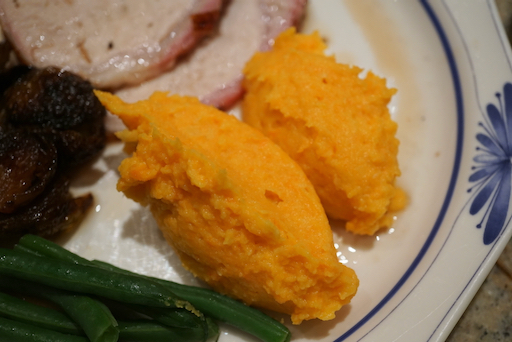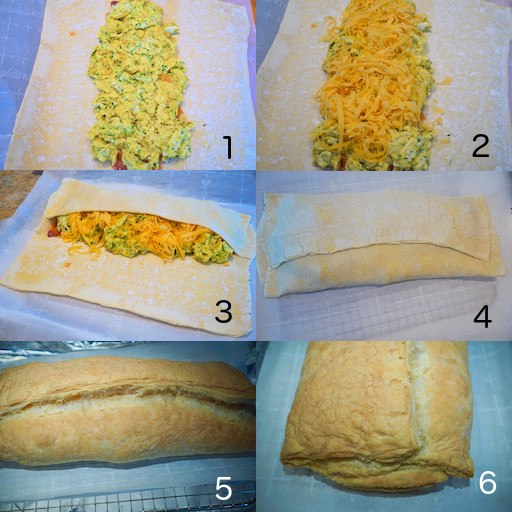We opened a sake we haven't had before called "Kuro-no Mu" or "Black Label Mu" daiginjo 黒乃無 純米大吟醸 which is supposedly a step up from our house sake "Mu" daiginjo. Black Label Mu is made from sake rice with an RPR (rice polishing rate) of 40% meaning 60% of the rice's outer shell has been polished away. This compares to Mu which has a RPR of 50%; the minimum amount of polishing to be classified as daiginjo. Since less of the sake rice remains after polishing Black Label Mu is obviously more expensive than Mu.
So, our expectations for this sake were high--maybe somewhat over inflated because somehow this was not what we expected. To us it tasted much sweeter than the regular "Mu" and had a more sherry-like characteristic. What our taste-buds experienced is apparently confirmed by sake metrics shown below (cited from "Tippsy Sake" website which will be the subject for a separate blog in the near future). The SMV (Sake Meter Value or 日本酒度) for Black Label is +1.0 which is on the "slightly sweet" side (neutral is +3.0). Acidity also determines perceived "sweetness". With the acidity of 1.5 and SMV of + 3, shown as the red dot on the taste metric graph below, the Black Label is still classified "light and dry (but on the border). (Similar metrics were not available for a regular Mu). Black Label is good for sipping but we prefer regular Mu as an accompaniment with food.
We had a few more food items and ended by making tonkatsu (I breaded it earlier and just fried it). We had hand made/cut soba noodles from Sushi Taro but as usual, we did not eat it on New Year's eve because we were too full. I fell asleep but my wife stayed awake and woke me up just before midnight. We saw the ball drop at Times Square on TV and welcomed the entrance of 2020.































